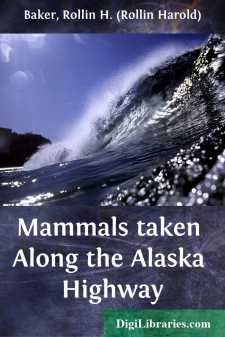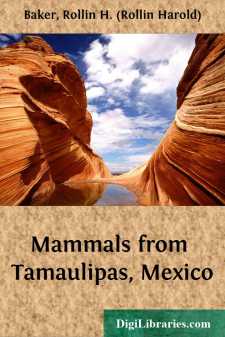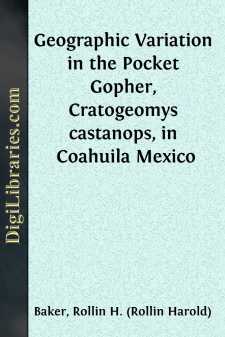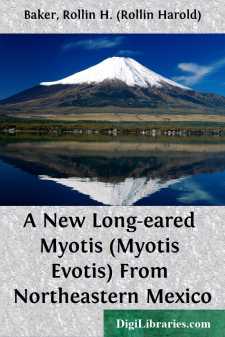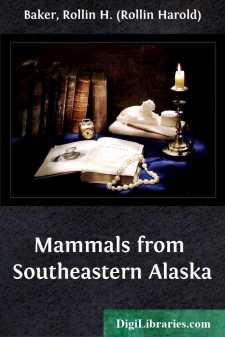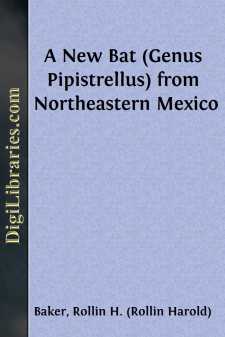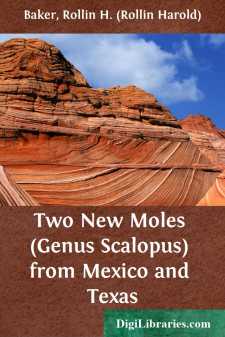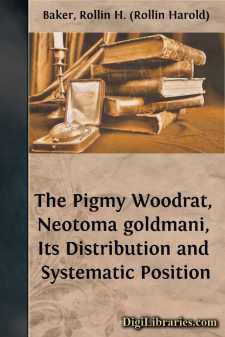Categories
- Antiques & Collectibles 13
- Architecture 36
- Art 48
- Bibles 22
- Biography & Autobiography 813
- Body, Mind & Spirit 142
- Business & Economics 28
- Children's Books 17
- Children's Fiction 14
- Computers 4
- Cooking 94
- Crafts & Hobbies 4
- Drama 346
- Education 46
- Family & Relationships 57
- Fiction 11829
- Games 19
- Gardening 17
- Health & Fitness 34
- History 1377
- House & Home 1
- Humor 147
- Juvenile Fiction 1873
- Juvenile Nonfiction 202
- Language Arts & Disciplines 88
- Law 16
- Literary Collections 686
- Literary Criticism 179
- Mathematics 13
- Medical 41
- Music 40
- Nature 179
- Non-Classifiable 1768
- Performing Arts 7
- Periodicals 1453
- Philosophy 64
- Photography 2
- Poetry 896
- Political Science 203
- Psychology 42
- Reference 154
- Religion 513
- Science 126
- Self-Help 84
- Social Science 81
- Sports & Recreation 34
- Study Aids 3
- Technology & Engineering 59
- Transportation 23
- Travel 463
- True Crime 29
Mammals taken Along the Alaska Highway
Description:
Excerpt
INTRODUCTIONMammals from along the Alaska Highway were obtained for the University of Kansas Museum of Natural History in the summers of 1947 and 1948 by Mr. J. R. Alcorn, field representative of the Museum. He and his family visited Alberta, British Columbia, the Yukon Territory and Alaska in an automobile and trailer from June 9, 1947, to September 6, 1947, and again from June 8, 1948, to August 24, 1948. In 1947, considerable time was spent by Alcorn in Alaska; trips were made on the Steese Highway to Circle and on the Glenn Highway to Anchorage. In 1948, most of the collecting was done in British Columbia and in the Yukon Territory but a side trip was taken to Haines, Alaska. The collecting stations are shown in
. Alcorn's 1,252 specimens include several large series from areas where few or no mammals had been taken previously. Time spent at each collecting station was of short duration (usually less than three days) and although 56 species and subspecies of mammals are represented in the collections, it is recognized that not all of the kinds of mammals at any one locality were taken.For the loan of comparative mammalian material, grateful acknowledgment is made to officials of the following institutions: California Academy of Sciences; Biological Surveys collection of the U. S. National Museum; Provincial Museum, Victoria, B. C.; National Museum of Canada. The promptness of officials of the game commissions of the provinces and territories concerned, in providing permits for collecting also is acknowledged. A part of the funds for field work was made available by a grant from the Kansas University Endowment Association. Elevations above sea level are given in feet. Capitalized color terms refer to those in Ridgway, Color Standards and Color Nomenclature, Washington, D. C., 1912.
Fig. 1.Map showing localities where J. R. Alcorn collected mammals in Alaska, Yukon
Territory, British Columbia, and Alberta, in 1947 and 1948.
COLLECTING LOCALITIES SHOWN IN FIGURE 1.
Alaska
Yukon Territory
To avoid undue crowding, or overlapping, of symbols, two or more collecting localities, in some instances, are represented by a single symbol (solid circle) in .
15. Junction Grafe and Edith Creeks.
16. 6 mi. SW Kluane.
17. East side Aishihik River, 17 mi. N Canyon.
18. 25 mi. NW Whitehorse.
19. {2 mi....


